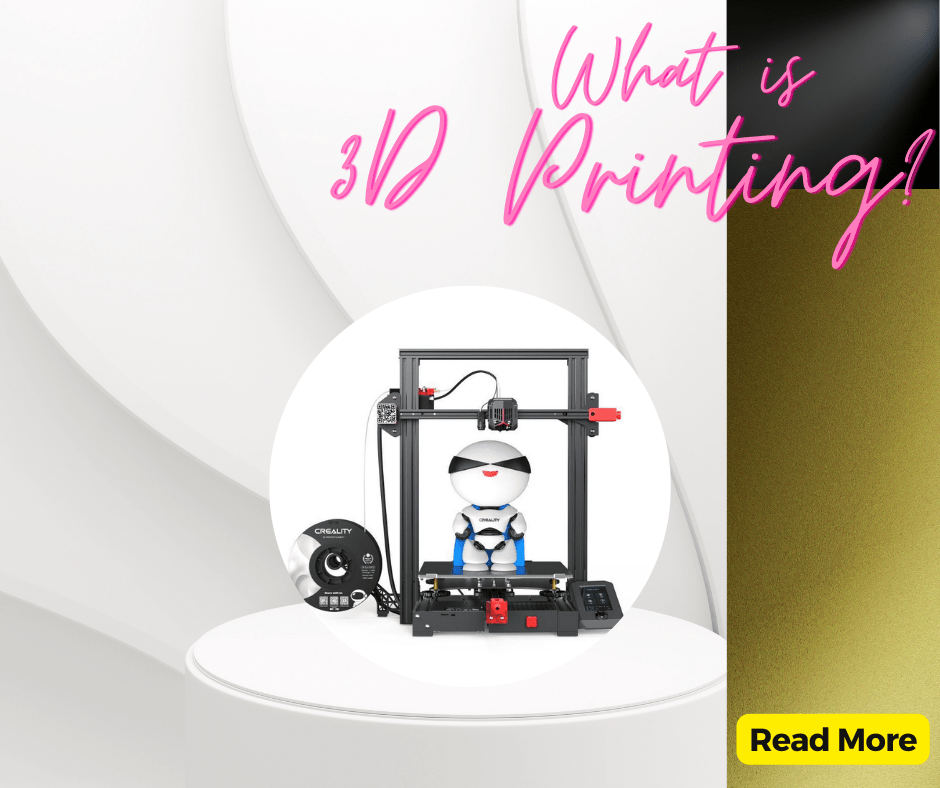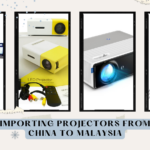The Ultimate Guide to Importing and Shipping 3D Printers from China to Malaysia

Are you a small or medium-sized business in Malaysia looking to expand your product offerings with cutting-edge technology? Consider importing 3D printers from China, a country renowned for its manufacturing prowess. In this comprehensive guide, we will take you through the step-by-step process of importing and shipping 3D printers, highlighting the services provided by CIEF Worldwide Sdn Bhd along the way. From navigating customs to ensuring secure packaging, we’ve got you covered.
What is 3D Printing? 
3D printing is the process of creating three-dimensional objects from a digital model by laying down successive layers of material until the entire object is formed. The process starts by creating a 3D model using specialized software, which can be done by a skilled designer or even someone with little or no design experience. The software then “slices” the model into thin layers, which are sent to the 3D printer. The printer then prints each layer one at a time, building the object layer by layer until it’s complete.
The Import Process: Step-by-Step Guide
Importing goods from China to Malaysia may seem daunting, but with the right knowledge and support, it can be a seamless process. Here’s a step-by-step guide to help you navigate the import process for 3D printers:
Step 1: Research and Identify the Right 3D Printer
Before importing a 3D printer, it’s crucial to research and identify the right model for your business needs. Consider factors such as print quality, build volume, material compatibility, and software capabilities. By selecting a printer that aligns with your requirements, you can ensure optimal performance and customer satisfaction.
Step 2: Determine the HS Code and Calculate Customs Duties
HS Codes play a vital role in customs clearance and determining the applicable customs duties for imported goods. Consult with CIEF Worldwide Sdn Bhd to accurately determine the HS Code for your chosen 3D printer model. This will enable you to calculate the customs duties and ensure compliance with Malaysian customs regulations.
Step 3: Secure Payment and Money Transfer
Once you have identified the right 3D printer and determined the customs duties, it’s time to arrange the payment and money transfer. CIEF Worldwide Sdn Bhd offers convenient currency transfer solutions to simplify this process. You can choose between China Bank Transfer or Payment to 1688 Platform Order, depending on your preferences and the supplier’s requirements. These services ensure a smooth and hassle-free payment experience, avoiding frozen bank accounts and unnecessary costs.
Step 4: Packaging and Shipping Precautions
Proper packaging is crucial to protect your 3D printers during transit. Depending on the specific requirements of your printer model, certain precautions may be necessary. For delicate components or fragile parts, it is recommended to use protective cushioning materials such as foam or bubble wrap. Secure the printer components with appropriate padding and ensure they are tightly packed to prevent any movement during transportation.
Furthermore, it’s important to avoid displaying brand names on the packaging, especially for brand-name 3D printers. This helps to prevent any potential issues with customs clearance and ensures a smooth import process. Additionally, consider using pallets when shipping liquid materials or opting for double-layered woven bags to protect fabric materials effectively.
Step 5: Shipping Method: Sea Shipping LCL
For the transportation of 3D printers, CIEF Worldwide Sdn Bhd offers the sea shipping Less than Container Load (LCL) service. This service is ideal for small to medium-sized shipments and provides a cost-effective solution. Customers can purchase 3D printers in small parcels and have them consolidated into one bulk shipment, reducing shipping costs. Door-to-door delivery and customs clearance are included in the service, and customers do not need to pay any taxes.
Step 6: Custom Clearance and Arrival
Once your shipment arrives in Malaysia, CIEF Worldwide Sdn Bhd will handle the customs clearance process on your behalf. We will ensure all necessary documentation is in order and guide you through the customs clearance process smoothly. By partnering with a reliable logistics provider, you can avoid delays and expedite the arrival of your 3D printers.
Conclusion
Importing 3D printers from China to Malaysia opens up exciting possibilities for your business. CIEF Worldwide Sdn Bhd offers a wide range of logistics services tailored to your needs. From sea shipping LCL and full container load (FCL) services to money transfer solutions and expert guidance on import licenses, CIEF is your trusted partner in seamless cross-border trade.
To learn more about our services, visit our website:
Sea Shipping LCL: https://www.cief-malaysia.com/services-sea-shipping/
Full Container Load (FCL): https://www.cief-malaysia.com/full-container-load-fcl/
CIEF Lite Parcel Consolidation: https://www.cief-malaysia.com/cief-lite-parcel-consolidation/
Currency Exchange System: https://www.cief-malaysia.com/exchange-system/



